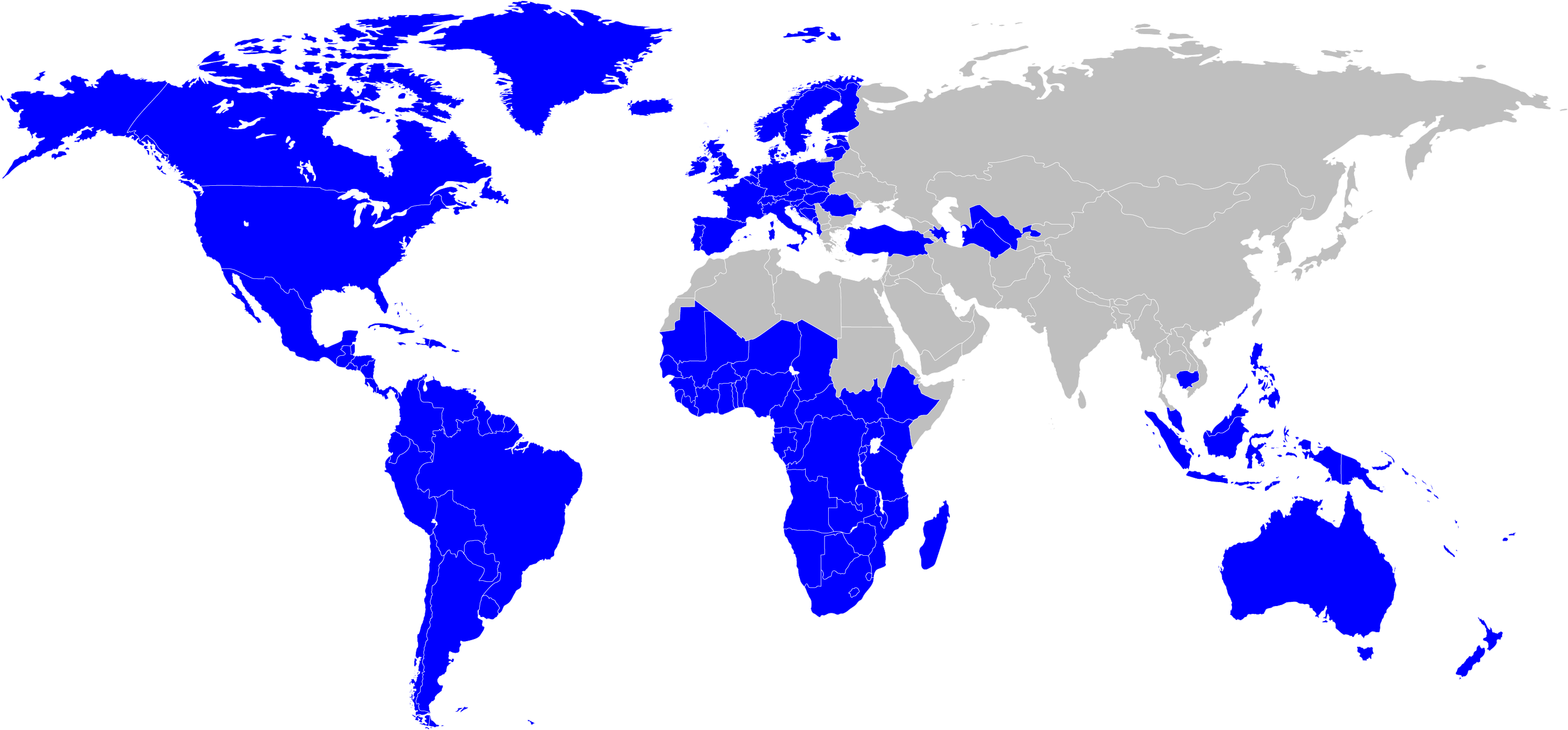Starting
€ 50.00
Single style from
€ 50.00
Complete family from € 320.00
Try
Buy
Complete family from € 320.00
Harrison Serif Variable
Harrison Serif
Harrison Serif
A modern slab ranging between capable and casual.
Harrison Serif
✍ introducing growing ideas
Harrison Serif
Für lange Zeit, vom 15. bis Mitte des 18. Jahrhunderts, war die Antiqua das zentrale Schriftmodell für gedruckte Schrift. Erst »durch die Industrielle Revolution vergrößerte sich der typografische Markt beträchtlich. Die Unternehmer forderten von den Druckern größere, fettere und auffallendere Schriften für ihre Werbung.« Die erste Schrift dieser Art wurde 1817 vom englischen Schriftenschneider Vincent Figgins (1766–1844) entworfen. Der Entwerfer selbst taufte sein Versalalphabet noch Antique, der von ihm begonnene neue Schriftstil wird heute jedoch als Egyptienne bezeichnetet und charakterisiert sich durch eine starke Betonung der Serifen und einem sehr geringen Strichstärkenkontrast. Neben der kräftigen Reklameschrift entwickelte sich kurz darauf ein Modell, das die Form der Egyptienne zurück zur Nutzung in Fließtextgrößen überführte. Die von Robert Besley (1794–1876) mit Benjamin Fox (?–1877) entwickelte Clarendon (1845) stellt die Grundlage für das Ionic Model, das sich sowohl im Lesetext von Zeitungen als auch in großen Headlines bewährt hat.









